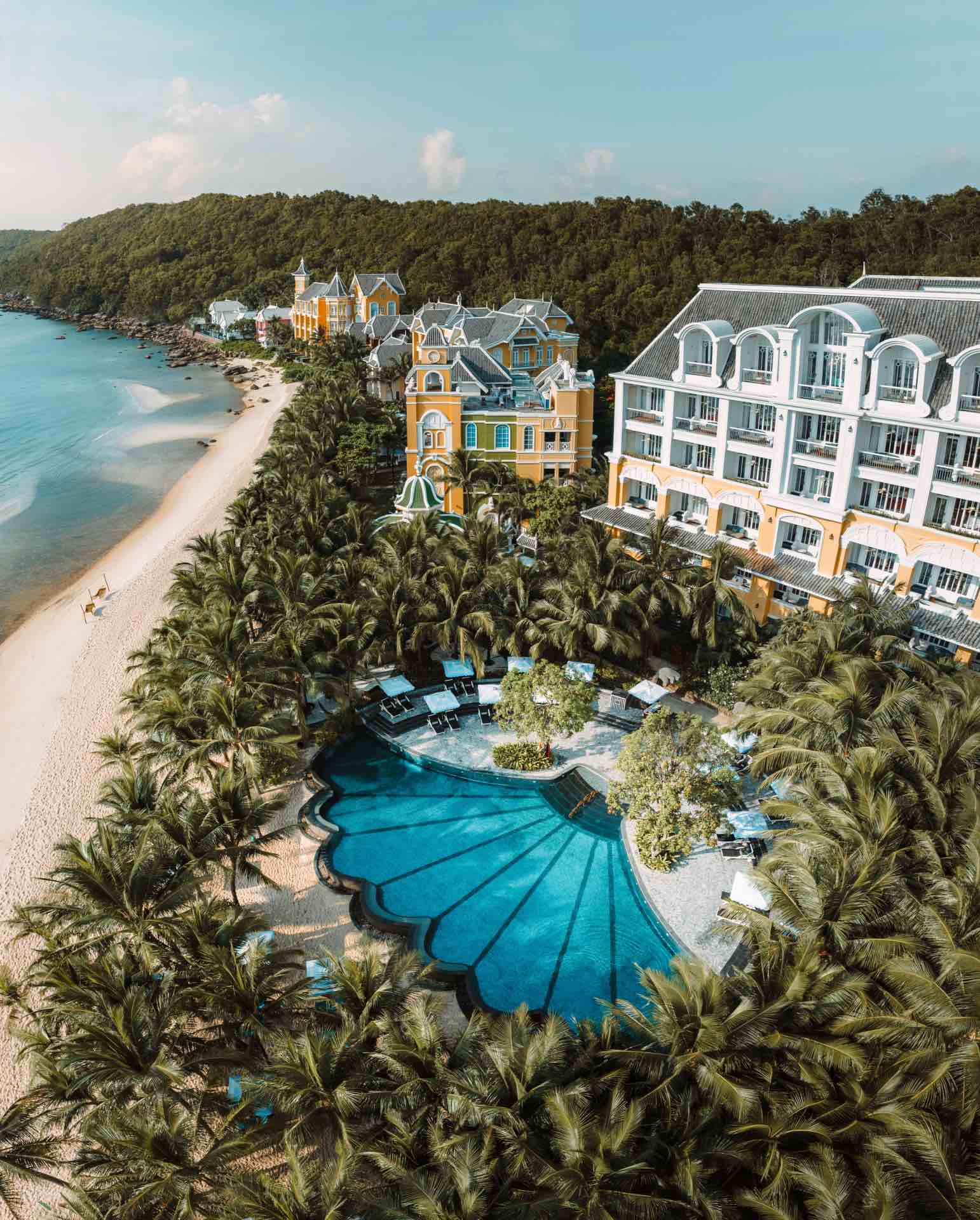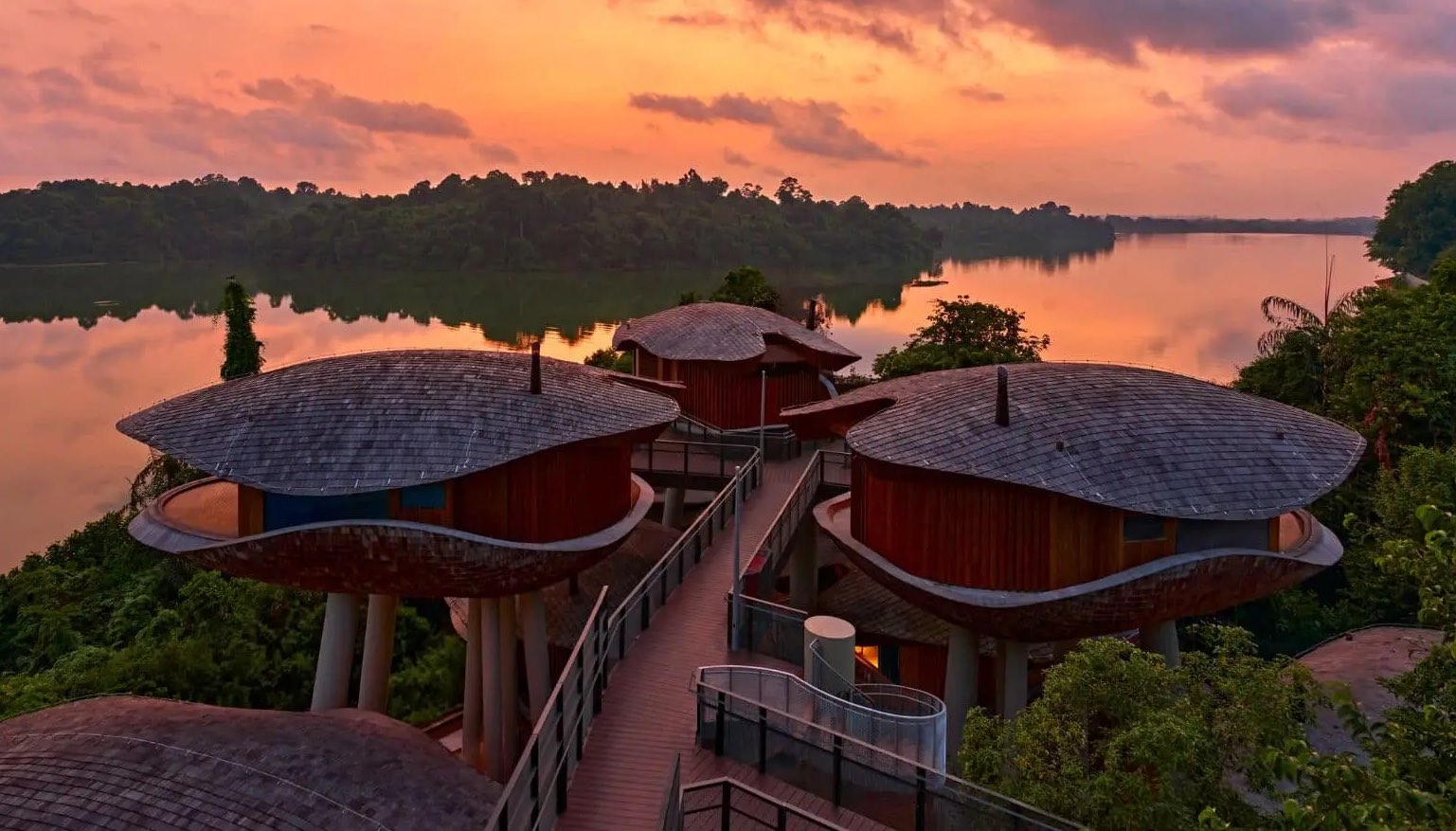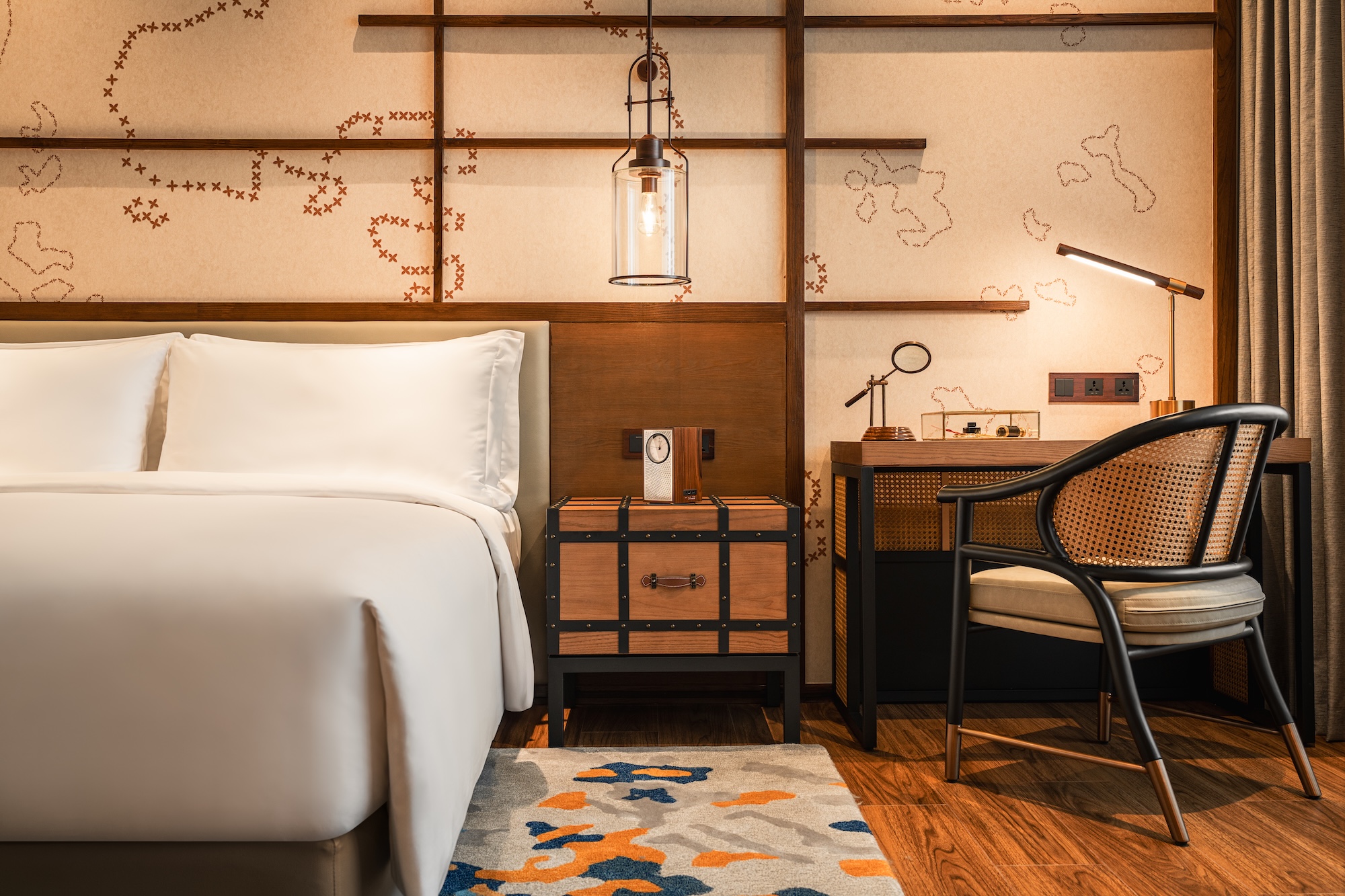While everyone heads to Bali, head to the east where the rugged, rolling savannah, wild coastline and lively traditions of Sumba are a world apart from your typical weekend escape. Check out what to do below:
1. Celebrate rice-planting season with a horse-riding ritual
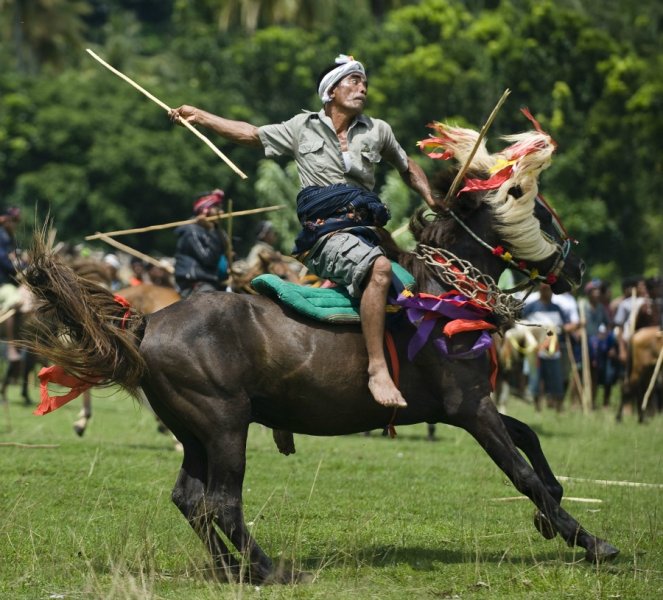
Short, stocky ponies introduced by Chinese and Arabian traders are a common sight across the island and riding them is an important rite of passage for young Sumbanese men. Every year, to celebrate the rice planting season in February and March, groups of riders go head to head in a ritual battle called pasola, which sees warriors armed with wooden spears attempt to draw blood from the other side, in order to pacify the spirits and deliver a good harvest. These days the spears are blunted and, though it’s still a pretty brutal affair with a real risk of serious injuries, it’s a spectacle unlike anything else you’ve seen.
2. Witness powerful traditions
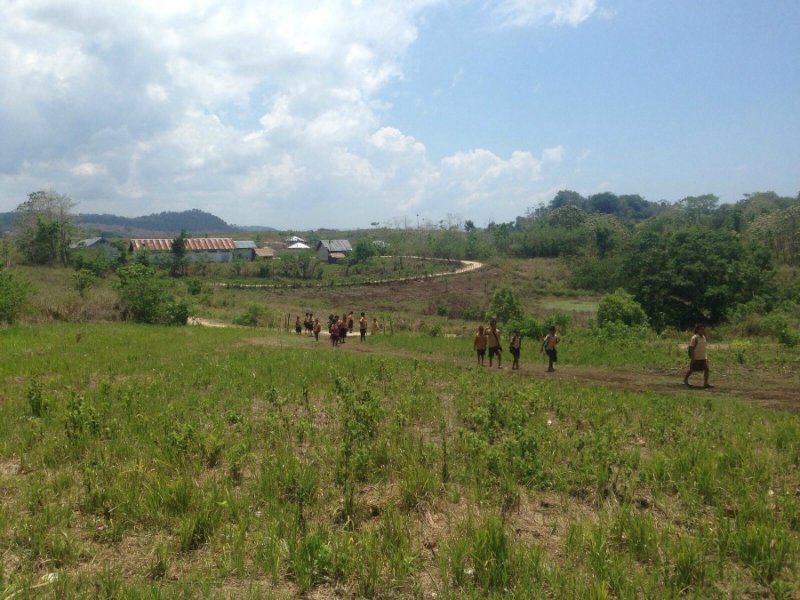
Although much of the island was influenced by Christian missionaries and everyone must self-declare as a member of one of Indonesia’s official religions, animist Marapu traditions are still an integral part of life in Sumba, and never more so than around funeral ceremonies. Sumba is one of the few places left in the world to practice megalithic burials, with huge slabs of rock dragged long distances to create towering burial monuments. In some cases, this tarik batu ceremony is still conducted by hand, with the use of log rollers. Vast numbers of animals may also be sacrificed and it’s not uncommon for families to bankrupt themselves to send off their relatives in the proper way, sometimes keeping the body in their home and delaying the burial for decades in order to save up enough money. The government has latterly encouraged more modest rituals, officially limiting the number of animals that can be killed, for example, but the tradition persists and you can see enormous stone tombs in every village. The government has latterly encouraged more modest rituals, officially limiting the number of animals that can be killed, but the tradition persists and you can see enormous stone tombs all over the island. In the West, the most impressive are in Kampung Pasunga, on the road out of Waikabubak to Waingapu, and Gallabakul, home to the heaviest tomb on the island. Kampung Tarung in Waikabubak hosts the Wula Padhu in November, a month-long period of restraint (even weeping for the dead is a no-no) and offerings to the spirits, culminating in singing and dancing on the final day.
3. Go surfing
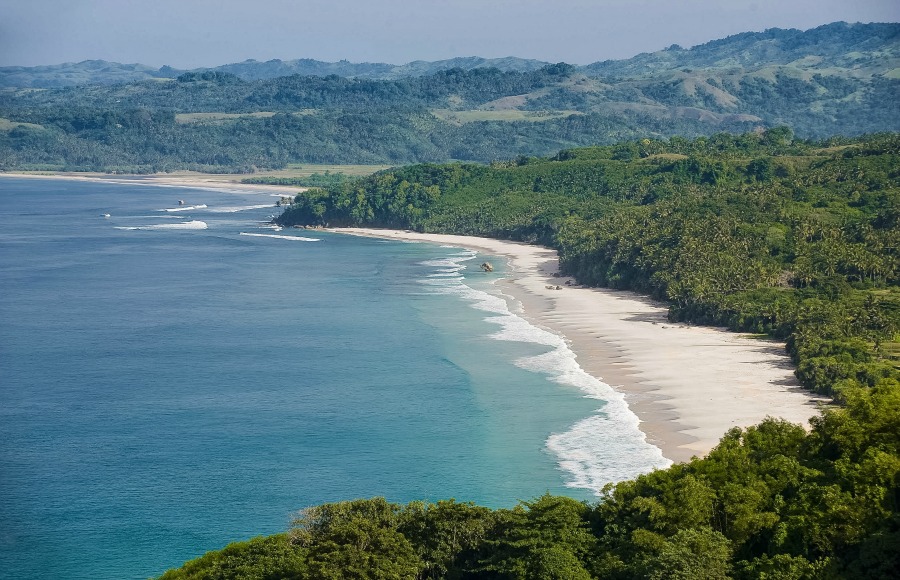
Indonesia isn’t exactly short of surf spots, but there are few places where you’ll have them to yourself like you will in Sumba. One of the very best and most consistent, Occy’s Left, breaks right in front of Nihiwatu, and is limited to no more than 10 riders at a time. But all along the southern coastline waves roll in onto empty beaches and, give or take a few talented locals, it’s just you and the big blue. Kallala has perhaps the best surf in the east of the island: it’s a four hour bus trip from Waingapu. Sumba isn’t small (it’s three times the size of Bali) and getting around often means bouncing along dusty roads for hours on end, but imagine an unspoilt version of Hawaii’s Waikiki and you’ll have some idea why it’s so worthwhile. Check this link here to find out what’s breaking where.
4. Stay at a socially conscious luxury resort
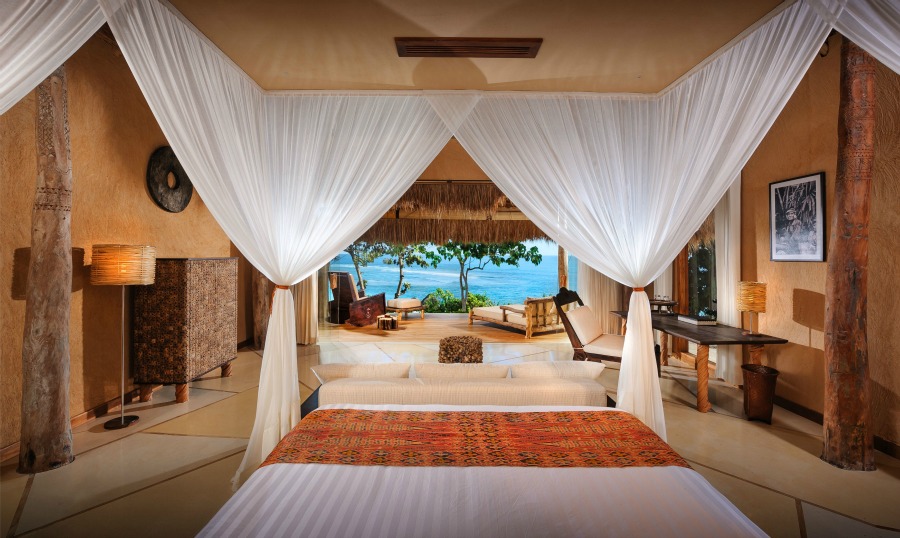 Nihiwatu
Nihiwatu
There are a handful of simple hotels and guesthouses in Sumba’s bigger settlements of Waingapu and Waikabubak, and we dug up a couple of rough and ready options elsewhere on Airbnb, but Nihiwatu, the island’s only resort, 90 minutes’ drive from Tambolaka, is itself a reason to visit. What began life as a remote surf camp at the turn of the century has been seriously upgraded in recent years, and is now positioned as an ultra-luxe retreat “on the edge of wildness” (they’re not kidding). With 33 villas at the end of a 2.5 kilometer private beach, that world-class wave breaking right in front, and two restaurants serving dishes made with produce from their organic gardens, it’s a pretty special place. Activities abound, from horse-riding on the beach (the resort has its own stables) to safari-style expeditions into the nearby hills in search of pristine waterfalls; as well as surfing, free-diving and spear-fishing instruction out on the ocean. For the— slightly—less active, Nihi Oka Spa Safari is a new addition combining a 90 minute hike (or shorter drive) to a nearby valley, morning yoga session, clifftop breakfast and unlimited spa treatments. 90% of the almost 300 staff at the resort are Sumbanese and profits from the resort as well as donations from guests go to the Sumba Foundation, an initiative set up by the resort’s founders. You’ll see their impressive malaria clinics, water tanks, school projects and other initiatives dotted around the west of the island.
Rates start from $775++/night for double occupancy in the “green season” (mid-November to mid-March, not including the New Year period), inclusive of airport transfer and full-board, but not activities. In January and February 2016 they’re offering a special rate of $916++, including daily excursions, land and sea activities and yoga and meditation sessions. There’s a minimum 3 night stay, but if you’re coming from Singapore you wouldn’t want to be there for less anyway. We left on a Friday and came back Monday and it was far too short.
ESSENTIAL INFO
Getting There
You need to fly to Bali and then hop on a domestic plane to Sumba’s Tambolaka Airport, not far from Waikabubak. Garuda (www.garuda-indonesia.com) does the whole thing for around $800 return, with a total journey time of just under 7 hours each way. Wings Air (www.lionair.co.id) also flies from Bali to Tambolaka and, if you want to focus on Western Sumba, from Bali to Waingapu.
Visa
After an update in June 2015, more than 40 countries now enjoy visa travel in Indonesia for up to 30 days, including Singapore, Malaysia, the US and many European countries. Australians still need to pay for a Visa on Arrival (USD35).


